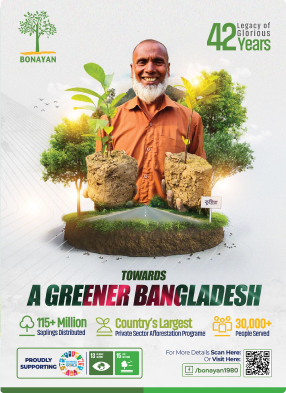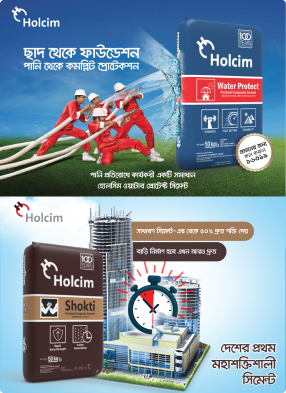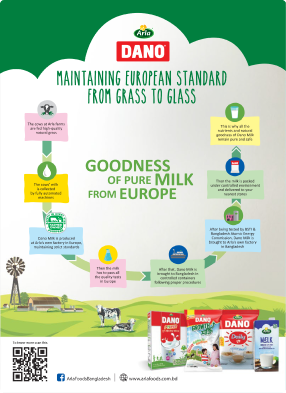- info@ficci.org.bd
- |
- +880248814801, +880248814802
- Contact Us
- |
- Become a Member
- |
- |
- |
- |
- |

Digital Economy in so many ways represent Bangladesh 2.0. It represents a version of Bangladesh that is efficient, agile and ready to innovate. It represents the audacity of hope of millions of people for a resurgent Bangladesh. It is indeed where we find our vision and aspiration coming to reality.
Before we get lost in haze of dreams and aspirations, its always good to have a reality check to see where we stand today. If we look at the latest ICT Development Index published by the International Telecommunication Union (ITU), we find that Bangladesh scored only 62 out of 100 in this key global digital index.
When you consider that the average score for lower middle-income countries is 64.8, you can tell how bad our situation is even among our global peers, let alone the advanced nations. The global average score in the ITU ranking is 74.8.
Bangladesh performed well in mobile network coverage (3G and 4G) and has surpassed the average index for lower middle-income countries in mobile internet traffic subscription. However, it is still lagging behind in the Asia-Pacific region. The internet usage rate among individuals in Bangladesh is 38.9 percent, and 38.1 percent of households have internet access.
As you can imagine, there are many components of Digital Economy. But in this piece, I will be focusing on the fiber optic cable based digital infrastructure which is known as the backbone of the digital economy.
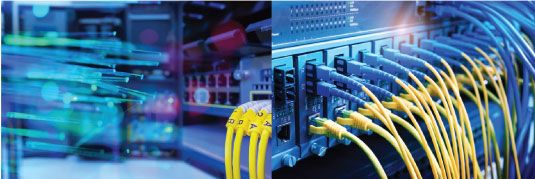
Back in 2009, the then Government had introduced a license named National Telecommunication Transmission Network (NTTN). Two private companies were given this license to build fiber optic cable network around the country. Afterwards the mobile operators were not only barred from laying fibre, the NTTN operators decided to stop leasing us the dark core fibre in the fibre cable they laid.
Instead, the NTTN operators offered the mobile operators only bandwidth, which by no means was cost effective. In fact, without access to dark fiber, the mobile telecom operators can't design a robust fiber backbone which is critical to realizing a full-fledged digital economy.
It is important to acknowledge that the mobile operators happen to be the most consequential player in creating the network infrastructure for a robust digital economy. So when we drying them up in terms of unviable access to this vital resource, the digital economy naturally ends up limping forward at best.
Even the limited access mobile operators had to the fiber could not be utilized optimally, as they were barred from importing DWDM equipment. This equipment would have allowed the mobile operators to design network to the best of their requirements ensuring optimum level of service at the user end.
Let's now see where we stand in terms of the amount of fibre optic cable that has been rolled out in Bangladesh, and its quality. According to BTRC's June 2023 Annual Report, Bangladesh has 80,600 km overhead (approx.) and 72,800 km underground fibre optic cable. In other words, 53% of the country's available fibre optic cables are unsuitable for providing quality data service in 4G technology.

So, in 15 years, the country has created an extremely weak transmission network with almost half of it unsuitable for the technological demands of the telecom sector. Just contrast that with India, you will find that only in the nine months leading up to June'23, they rolled out 9,13,950 km. In total, optical fiber rolled out as of June'23 was a mammoth-37,26,577 km in India.
Mobile operators in India had a huge role in this astounding level of fibre roll-out. We also see similar pattern in Malaysia and Sri Lanka. Whereas, in our own global benchmarking study, we are yet to find any country other than Bangladesh where the mobile operators are barred from laying their own fibre network.
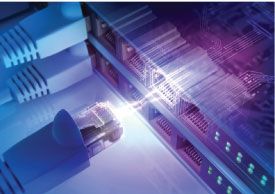 The real irony is that when we have such poor roll-out of fiber cable, rather than making the most of the available fiber, we have kept more than 19,500 km fibre (Up to Union level) off limits for the mobile operators. This massive infrastructure was funded by the Government under the Info Sarkar project-3 at the cost of 2,141 crore taka.
The real irony is that when we have such poor roll-out of fiber cable, rather than making the most of the available fiber, we have kept more than 19,500 km fibre (Up to Union level) off limits for the mobile operators. This massive infrastructure was funded by the Government under the Info Sarkar project-3 at the cost of 2,141 crore taka.
What we need is to open up the transmission network market to the mobile operators along with anyone who has the credential and the ability to invest and deliver what we need. The more competition we can create in this segment, the better served the nation and our customers will be, as it will help us to bring down cost of data services for our customers.
When more than 90% of internet users use mobile phone to connect to internet, we can't have a meaningful digital economy till we fix it's backbone- the fiber optic based digital infrastructure across the length and breadth of the country.


